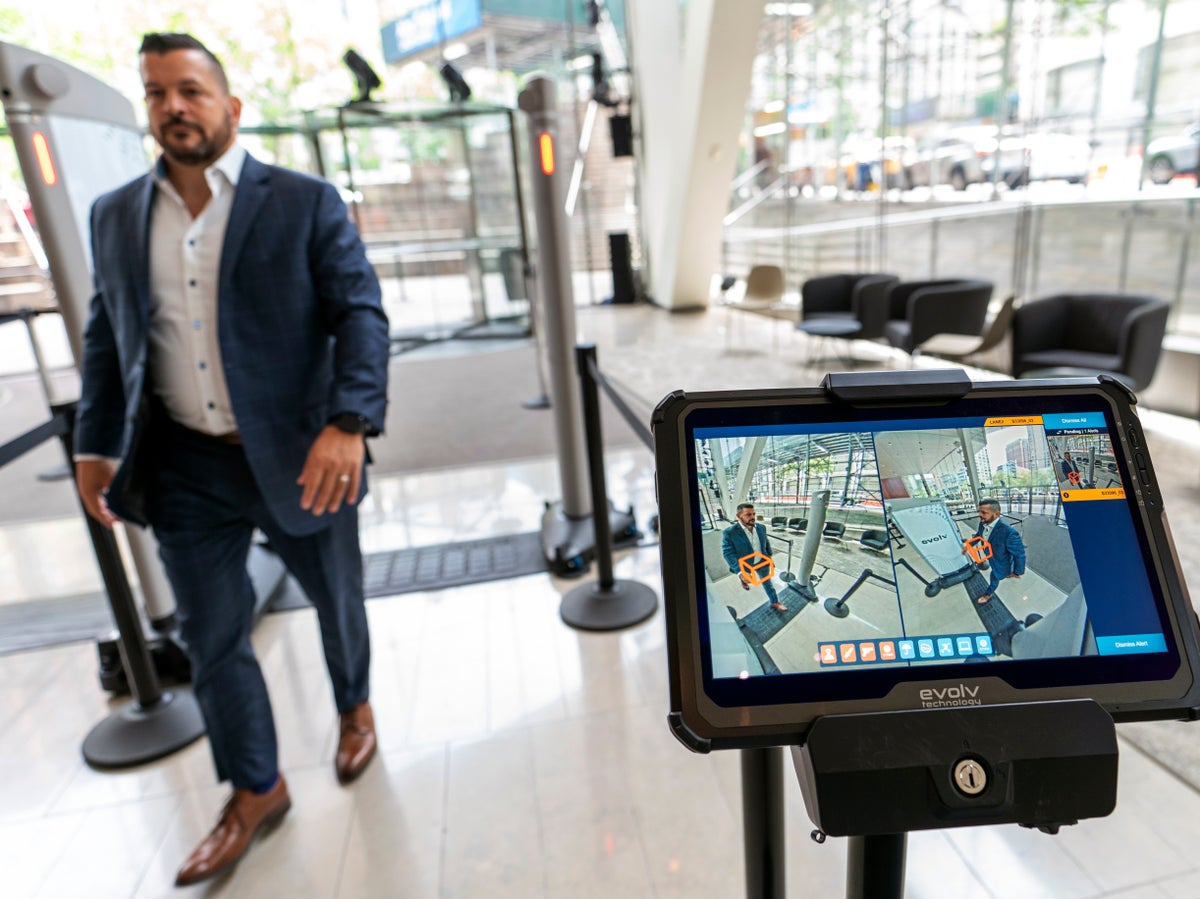
New York City is considering placing gun detectors at subway stations following a mass shooting on a train that wounded 10 people in April.
The scanners are currently used at sports stadiums and theme parks, but security experts have said that putting such scanners in place in an effective way in the expansive New York subway system would be hard, and maybe impossible.
The issue at hand is that such scanners would also have to be checked by people ready to intercept those triggering the system.
James Dooley is a retired New York Police Department captain who served in the department’s transit division.
“Logistically, it would be a nightmare. You’re going to have to tie up a lot of officers doing this,” he said. “We have hundreds of stations, and the fact of the matter is that putting someone at every entrance to every station is logistically impossible.”
Mayor Eric Adams, also a former police captain, has said that there would be difficulties but that it might be worth a try at some locations to serve as a deterrent.
“We want to be able to just pop up at a station someplace so people don’t know it’s there, similar to what we do when we do car checkpoints,” he said.
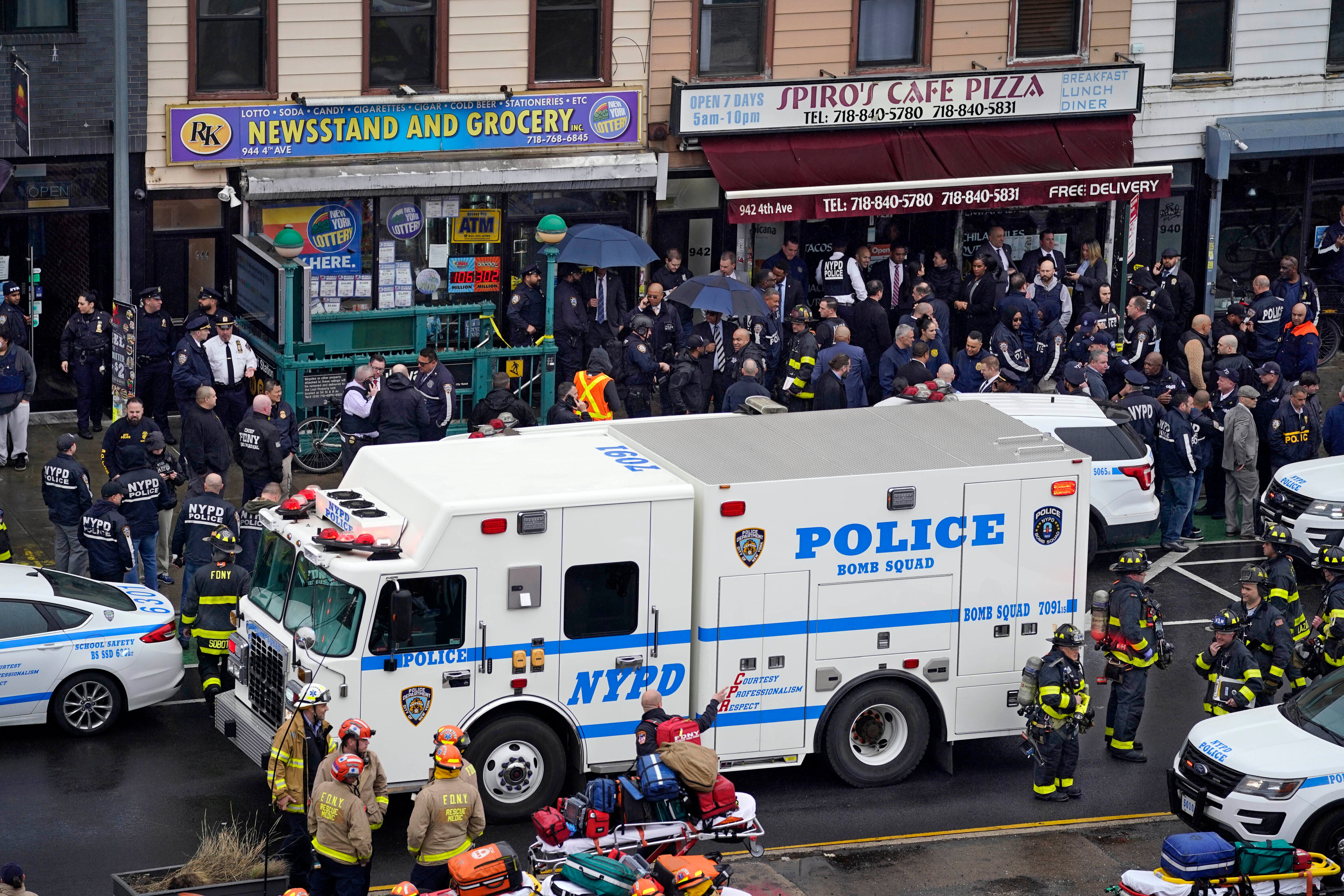
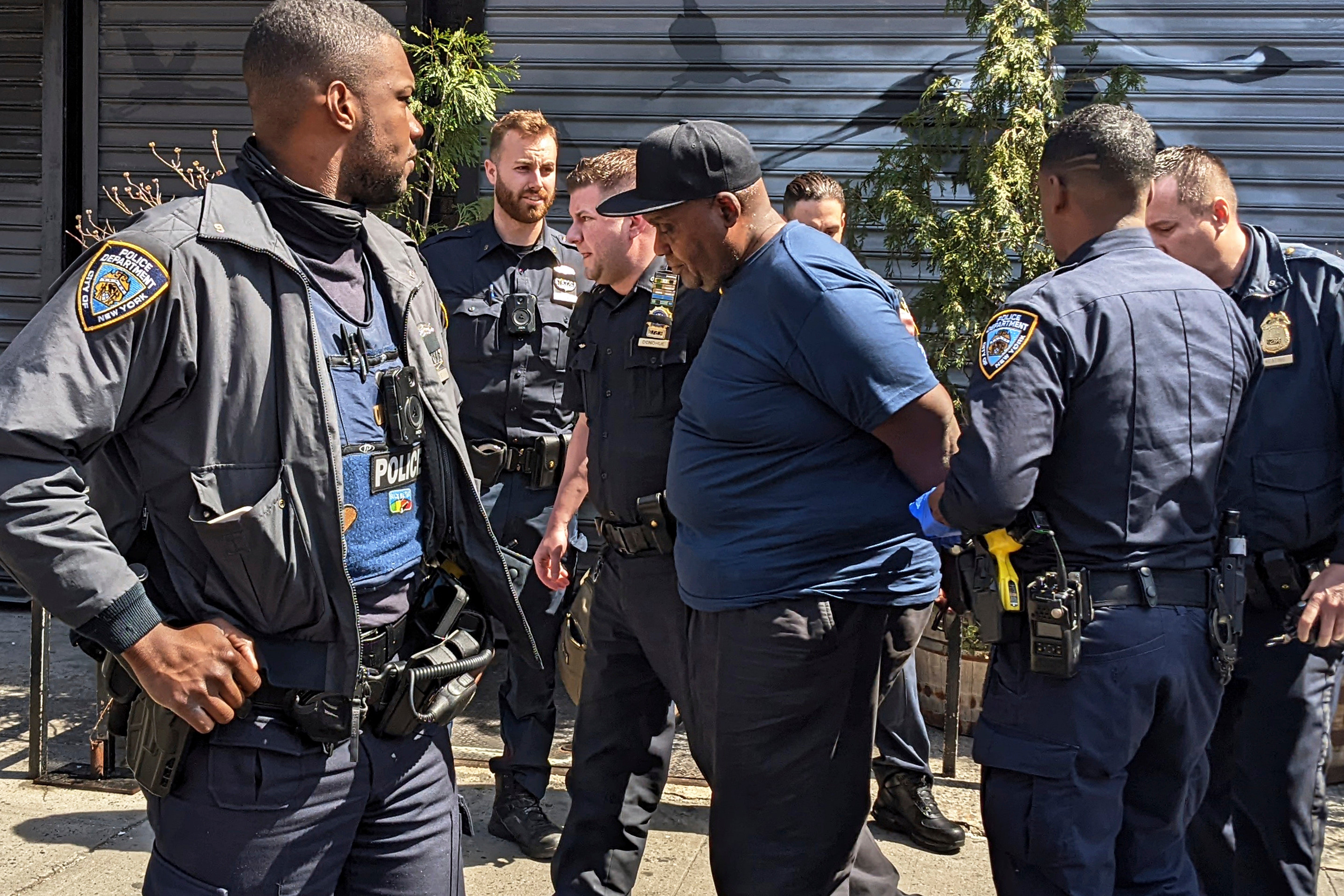
The April gunman set off smoke bombs and discharged his firearm at least 33 times, wounding 10 people. On 22 May, another shooter killed a passenger in a random attack, according to authorities.
Mr Adams spoke about technology that would detect metal but also the shape of an item to determine if it’s a firearm while people walk through the scanner.
Boston company Evolv employs the technology at sports stadiums in Nashville and Atlanta, where it’s also used at the Georgia aquarium. It was also recently tested at the Lincoln Center for the Performing Arts in New York.
The company says the scanners can check 3,600 people an hour. But they can also produce false positive results from objects like Chromebooks.

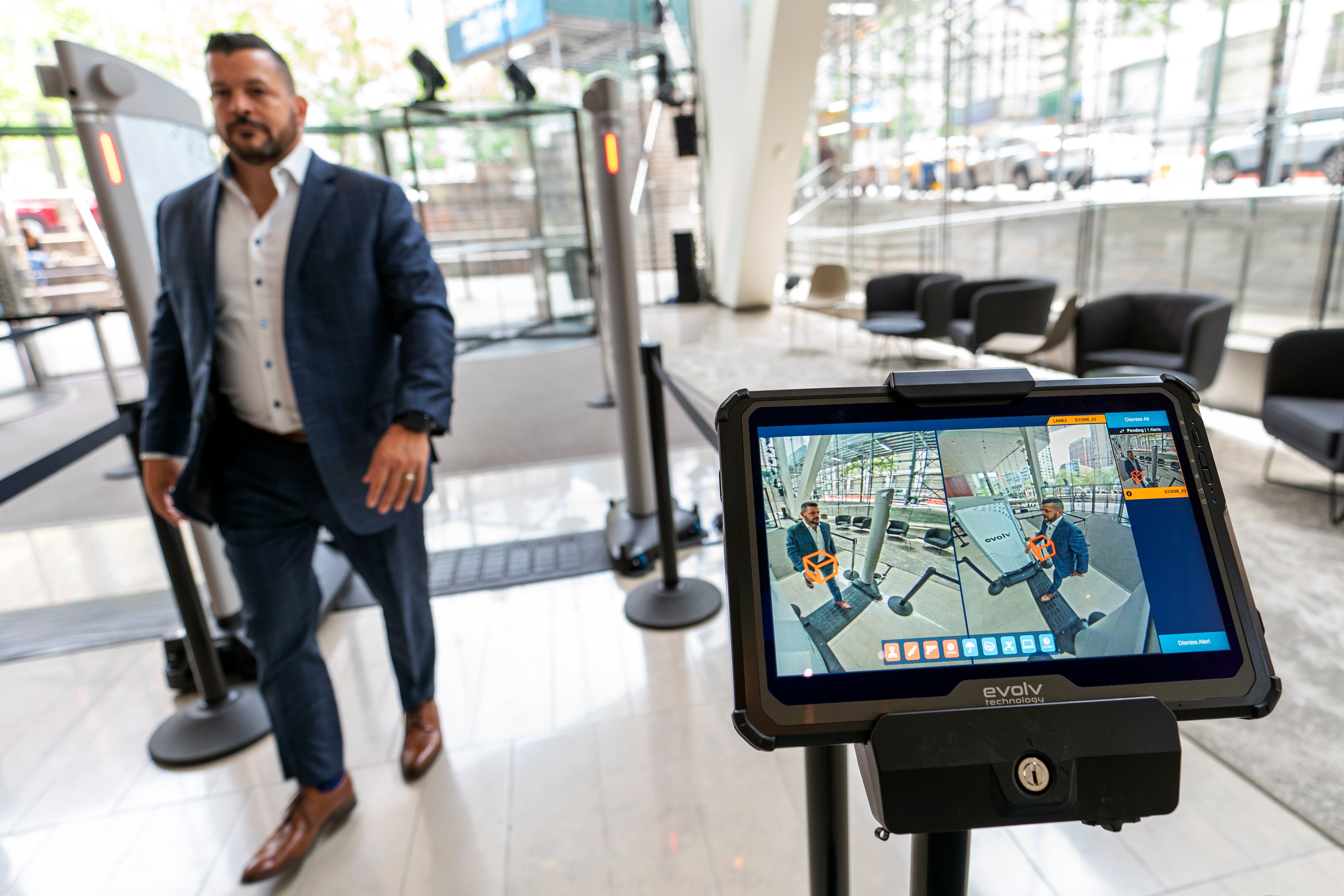
Evolv’s chief marketing officer Dana Loof said in an email that false positives “are an order of magnitude lower” than when using regular metal detectors, but she noted that a mass transit system would pose unique problems.
“Any technology is only one piece of the solution which includes the security professionals, the operational environment, and the protocols they follow,” Ms Loof said.
Los Angeles Metro spokesperson Dave Sotero said similar scanners made by Thruvision, a company based in the UK, are used when the threat level spikes.
Senior policy researcher at the Rand Corp, Donell Harvin, said the price for New York City would be high if they chose to install a new system.
“If you have a determined assailant, you’re not going to just have a security guard there – you’ll have to have a police officer,” he said. “It’s tough. You can harden every station, but who’s going to want to pay a $10 fare? Because the cost is going to be passed on to the rider.”
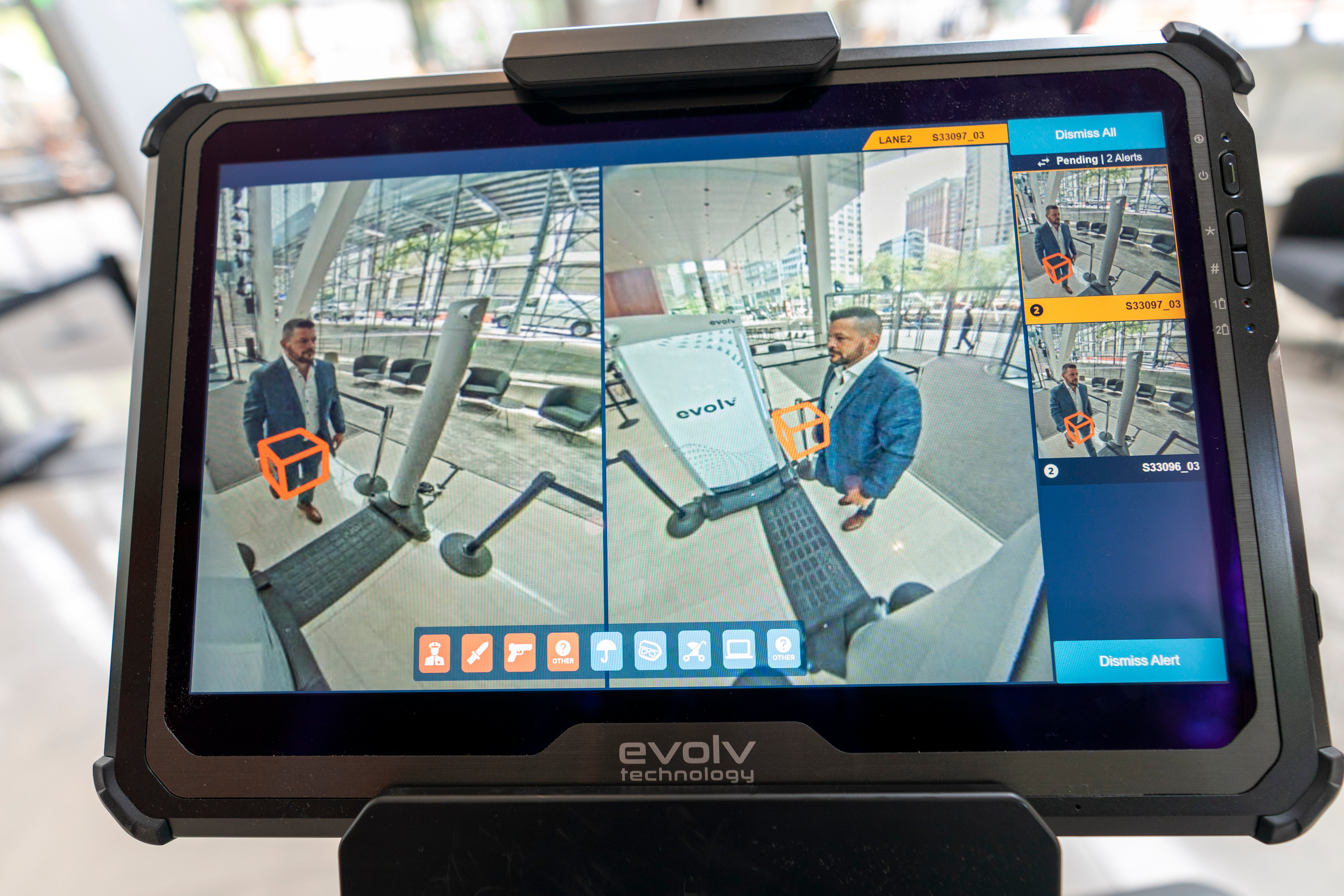
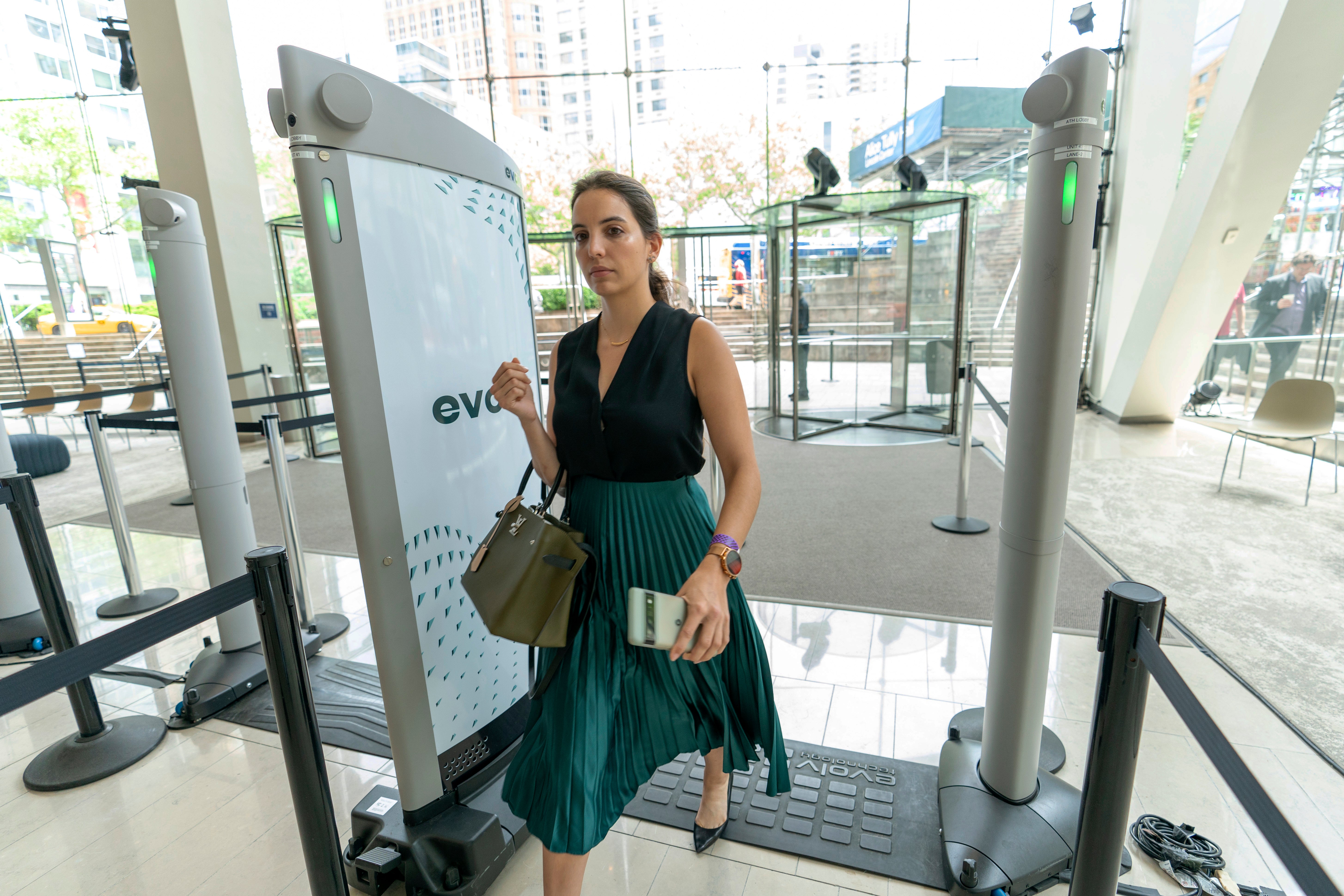
Since you can’t have an officer in every station, “you have to invest in some technology,” he added. “It’s very complex, but people have to get together and talk about this because what’s being done now isn’t cutting it.”
Violent attacks in New York City’s subway system remain relatively rare compared with crime above ground. And the city overall is one of the nation’s safest large cities.
But the Covid-19 pandemic has wreaked havoc on people’s sense of safety, as has a string of high-profile crimes, including the fatal push of a woman in front of a train by a man later ruled too mentally ill to stand trial. In response, the MTA said it would test safety barriers at some stations.
The number of transit system crimes reported by the NYPD so far this year has been on par with years before the pandemic, but public perception has been that there is new unruliness underground.
The Metropolitan Transportation Authority has succeeded in getting 1,000 more police officers assigned to the system, but its chair, Janno Lieber, was candid last week when asked about the current climate.
“This week is a terrible week,” he said, referring to the 22 May shooting. “This week I cannot say to any New York City subway rider, ‘Don’t feel afraid,’ because what happened is a terrifying nightmare.”
The Associated Press contributed to this report







